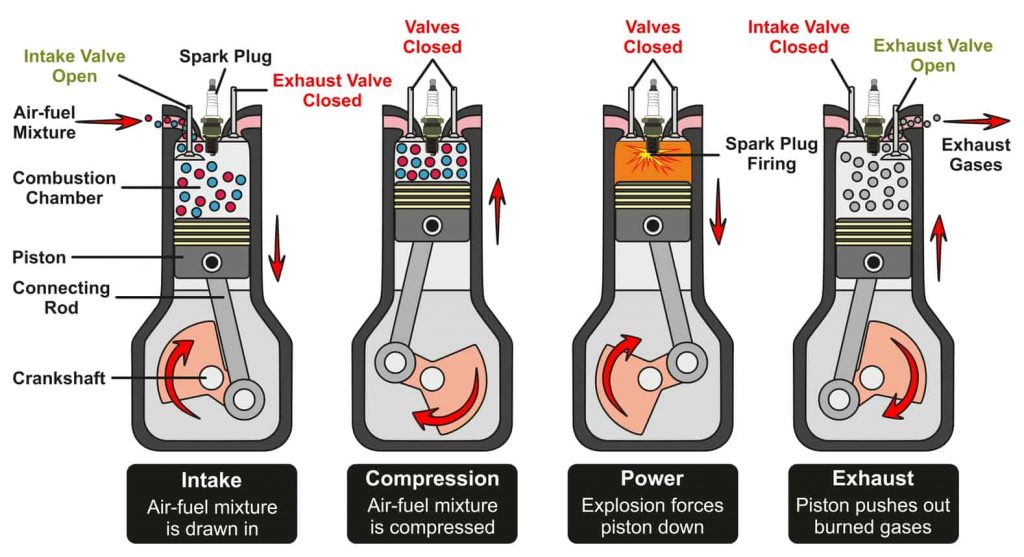How to Tune a Car: A Comprehensive Guide
Tuning a car involves modifying its performance, handling, and aesthetics to meet the owner’s preferences or to enhance its capabilities. This guide will explore the various aspects of car tuning, including engine tuning, suspension modifications, and aesthetic upgrades. It will also provide practical steps for tuning a car, tips for beginners, and a detailed FAQ section.
Table of Contents
- Introduction to Car Tuning
- Why Tune Your Car?
- Types of Car Tuning
- 3.1 Engine Tuning
- 3.2 Suspension Tuning
- 3.3 Body and Aesthetic Tuning
- How to Tune Your Car
- 4.1 Setting Goals
- 4.2 Tools and Equipment Needed
- 4.3 Step-by-Step Tuning Process
- Common Tuning Methods
- 5.1 Chip Tuning
- 5.2 Turbocharging
- 5.3 Exhaust Modifications
- 5.4 Suspension Upgrades
- Legal Considerations
- Maintenance After Tuning
- Conclusion
- FAQs
1. Introduction to Car Tuning
Car tuning is the process of modifying a vehicle to enhance its performance, efficiency, or appearance. This can involve a wide range of changes, from simple software updates to complex mechanical modifications. Tuning can be performed on various types of vehicles, including cars, trucks, and motorcycles, and can cater to different goals, such as increased speed, improved fuel economy, or enhanced handling.
2. Why Tune Your Car?
There are several reasons why car enthusiasts choose to tune their vehicles:
- Performance Enhancement: Many drivers seek to increase horsepower and torque for better acceleration and speed.
- Fuel Efficiency: Tuning can optimize engine performance, potentially leading to better fuel economy.
- Personalization: Tuning allows owners to customize their cars to reflect their personal style and preferences.
- Competitive Edge: For those involved in motorsports, tuning can provide a competitive advantage on the track.
- Increased Resale Value: A well-tuned car can attract buyers looking for performance upgrades.
3. Types of Car Tuning
3.1 Engine Tuning
Engine tuning is one of the most common forms of tuning and involves modifying the engine’s performance characteristics. This can include:
- Chip Tuning: Reprogramming the Engine Control Unit (ECU) to optimize fuel and air mixture for better performance.
- Turbocharging: Adding a turbocharger to increase air intake and boost power.
- Exhaust Modifications: Upgrading the exhaust system to improve airflow and reduce back pressure.
3.2 Suspension Tuning
Suspension tuning focuses on improving the vehicle’s handling and ride quality. This can involve:
- Upgrading Shocks and Struts: Replacing factory components with performance-oriented parts.
- Lowering Springs: Reducing the ride height for better handling and aesthetics.
- Sway Bars: Installing stiffer sway bars to reduce body roll during cornering.
3.3 Body and Aesthetic Tuning
Aesthetic tuning involves modifying the car’s appearance. This can include:
- Body Kits: Adding custom bumpers, side skirts, and spoilers.
- Wheels and Tires: Upgrading to larger or more stylish wheels and performance tires.
- Paint and Wraps: Changing the car’s color or adding graphics for a unique look.
4. How to Tune Your Car
4.1 Setting Goals
Before starting the tuning process, it’s essential to define your goals. Consider what you want to achieve with your tuning efforts, whether it’s increased horsepower, improved handling, or a more aggressive appearance.
4.2 Tools and Equipment Needed
To tune your car effectively, you’ll need some basic tools and equipment:
| Tool/Equipment | Purpose |
|---|---|
| OBD-II Scanner | To read and clear error codes from the ECU |
| Torque Wrench | For tightening bolts to manufacturer specs |
| Basic Hand Tools | Wrenches, screwdrivers, pliers, etc. |
| Performance Software | For chip tuning and ECU remapping |
| Suspension Tools | For adjusting or replacing suspension parts |
| Dyno Access | To measure performance before and after tuning |
4.3 Step-by-Step Tuning Process
- Research: Gather information about your specific vehicle model and the tuning options available.
- Plan: Develop a tuning plan based on your goals and budget.
- Gather Tools: Ensure you have all necessary tools and equipment before starting.
- Start with Engine Tuning:
- If chip tuning, connect the OBD-II scanner and upload the new map.
- For turbocharging, install the turbo kit according to the manufacturer’s instructions.
- Modify the Exhaust System: Replace the factory exhaust with a performance exhaust system.
- Upgrade Suspension: Install new shocks, struts, or lowering springs to improve handling.
- Test Drive: After making modifications, take the car for a test drive to assess performance changes.
- Dyno Testing: If possible, run the car on a dynamometer to measure performance gains.
- Fine-Tuning: Make additional adjustments based on test results and personal preferences.
5. Common Tuning Methods
5.1 Chip Tuning
Chip tuning involves modifying the ECU’s software to enhance engine performance. This can lead to significant gains in horsepower and torque. It’s essential to use reputable tuning software and ensure that the modifications are compatible with your vehicle.
5.2 Turbocharging
Adding a turbocharger can dramatically increase engine power by forcing more air into the combustion chamber. This method requires careful installation and tuning to avoid engine damage.
5.3 Exhaust Modifications
Upgrading the exhaust system improves airflow, which can enhance engine performance. Consider installing a high-flow catalytic converter and a performance muffler for optimal results.
5.4 Suspension Upgrades
Improving suspension components can enhance handling and ride quality. Upgrading to performance shocks, springs, and sway bars can significantly improve cornering and stability.
6. Legal Considerations
When tuning your car, it’s crucial to consider local laws and regulations. Some modifications may not be street-legal, and failing to comply with emissions standards can result in fines or penalties. Always check with local authorities or vehicle regulations before making significant changes.
7. Maintenance After Tuning
After tuning your car, regular maintenance is essential to ensure optimal performance and longevity. This includes:
- Regular Oil Changes: Use high-quality oil suitable for tuned engines.
- Monitoring Performance: Keep an eye on engine performance and any warning lights.
- Periodic Inspections: Regularly check for wear and tear on modified components.
8. Conclusion
Tuning a car can be a rewarding experience that enhances performance, aesthetics, and overall enjoyment of driving. By understanding the various methods and processes involved, car enthusiasts can achieve their tuning goals safely and effectively. Whether you’re looking for a simple chip tune or a complete performance overhaul, careful planning and execution are key to successful car tuning.
9. FAQs
What is car tuning?
Car tuning refers to the process of modifying a vehicle to improve its performance, handling, or appearance. This can involve changes to the engine, suspension, and body.
How much does it cost to tune a car?
The cost of tuning a car can vary widely based on the modifications chosen. Simple chip tuning may cost a few hundred dollars, while extensive modifications can run into the thousands.
Is tuning a car safe?
When done correctly and responsibly, tuning can be safe. However, improper tuning can lead to engine damage or safety issues. Always follow manufacturer guidelines and consult professionals if needed.
Can I tune my car myself?
Yes, many car enthusiasts choose to tune their vehicles themselves. However, it requires a good understanding of automotive mechanics and access to the right tools and equipment.
Will tuning void my warranty?
In many cases, tuning a car can void the manufacturer’s warranty. It’s essential to check the warranty terms and consult with the dealer before making modifications.For more information on car tuning, you can refer to the following link: Wikipedia – Tuning (automobile).



